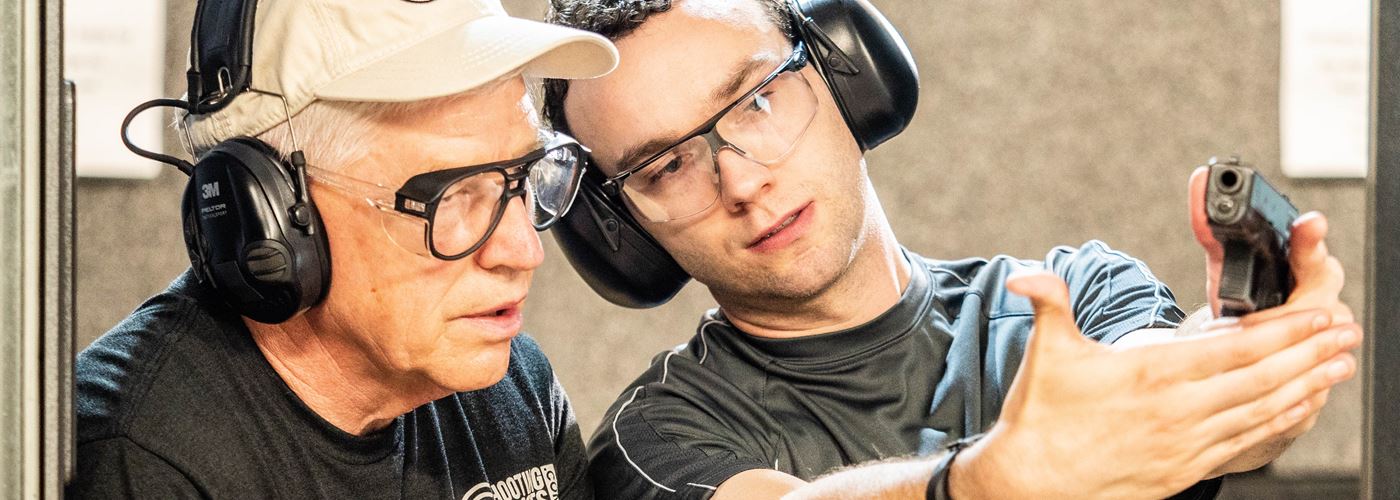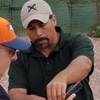
As you get older – and more removed from formal schooling – your style of learning changes. Malcolm Knowles, a U.S.-based adult educator, developed the Theory of Andragogy for adult learners. He realized that adults need effectively designed curriculum and specialized instructions based on how they learn.
When applied to firearms instruction, the Adult Learning Theory helps you as the instructor better transfer your knowledge set to your students. Adults can only digest two to three differing pieces of information at a time. They learn based off their own individual experiences, needs and values.
As part of your own firearms instructor training, learn about the three types of adult learners. A visual learner prefers to see a step-by-step process in order to learn. An auditory learner prefers to listen to a description of the process or concept. A kinesthetic learner prefers to perform a task to learn the process or concept.
When you teach using the EDIP method, you can incorporate experiences for all three types of learning to better reach your students. EDIP stands for Explain, Demonstrate, Imitate and Practice:
- Explain – Use only your voice to describe the technique or drill
- Demonstrate – Show your students how to do a technique or drill
- Imitate – Have your students do the technique or drill themselves after watching you
- Practice – Have your students practice the task at 50% speed before building to the regular speed of the technique or drill
Here are some effective techniques you can use while coaching firearms students on the firing line:
- Stand beside your student on their strong-hand shooting side to better see their performance and manipulations during the drill.
- Be close enough to your student during drills that you could take immediate action if necessary.
- During drills, focus on the shooter and not the target. You can check the accuracy and precision on the target after the drill.
- Ensure the shooter is adhering to range safety guidelines and correctly applying the fundamentals. For example, look for tendons in the hands tightening before firing, eyes closing before firing and holding one’s breath.
- Give constructive criticism, and only fix one thing at a time. Then, give positive reinforcement.
- Use simple language and keep it short. Don’t over-coach.
Remember that the role of the instructor or coach is to transfer knowledge to the student. It’s not about what you can do, but what you can get your student to do.
Put your new skills to work and sign up for your instructor account today at ShootingClasses.com.
Interested in learning how to become a firearms instructor? You’re in the right place!
